Share this!
A Quick Guide to Ethiopian Food
Apart from sprawling mountain ranges, Ethiopia is also famous for their food. Ethiopian food largely consists of vegetables and spicy meat dishes. However, Ethiopian dishes are mostly vegan dishes inspired by religious beliefs.
More than half of Ethiopians are Christians who observe fast days on Wednesdays, Fridays and Lent. On such occasions, meat dishes are spared and substituted with vegetables and dough bread.
Ethiopian dishes are vegetarian friendly, and also good for those with gluten and lactose intolerance. And because of its high vegetable content, an Ethiopian diet may just be what you need to shed a couple of weight.
Food Choices
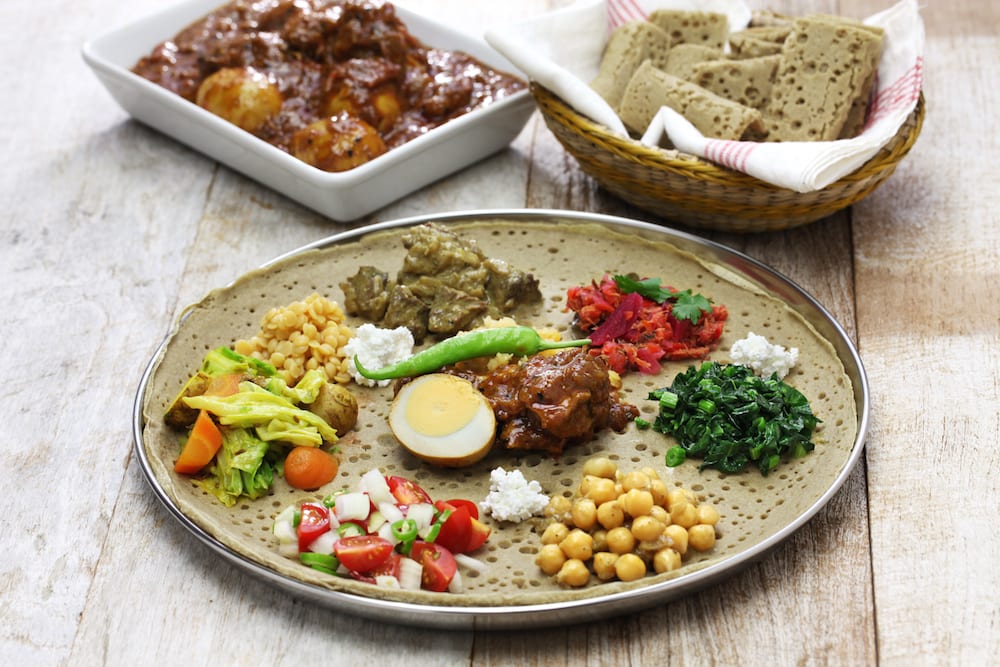
Grains – grains make about half of typical Ethiopian meals. Injera, which is made of fermented teff flour, is a flat bread dough that is eaten in most dishes. Teff grains are rich in fibre, vitamins, iron and are mostly gluten free. Other grains include barley, oat, millet and sorghum.
Legumes – lentils, chickpeas, cowpeas, split peas and flavour beans are just a few of the legumes that make up Ethiopian cuisine. These legumes are rich in protein, Vitamin A, Vitamin B complex and minerals.
Meat – Ethiopian dishes contain meat; poultry, beef, lamb and even pork. Sometimes Ethiopian meals may be packed with meat which is usually spicy, other times their dishes could be meat free, particularly on fast days.
Dairy – milk and cheese are common dairy options in Ethiopian cuisine. Cottage cheese is popularly used to make most dishes.
Vegetables – Ethiopian meals are rich in vegetables. Carrots, beets, tomatoes, red onions, mushrooms, collard greens, cabbages and chard are examples of vegetables used in most dishes.
Spices – Ethiopian meals are generally spicy and flavourful. Common spices used include chilli powder, turmeric, cloves, garlic, cumin, safflower and sesame seeds. Berbere is a combination of chili powder and other spices and used in most meat and soup dishes to add flavour.
Beverages – Ethiopians drink a lot of coffee, which is very American. They even have a traditional coffee drinking ceremony where coffee is ground, roasted and served in small cups. Other beverages include Atmet, an oat and barley drink, Tej which is a honey brewed wine and Tella, a home brewed beer.
Common Dishes
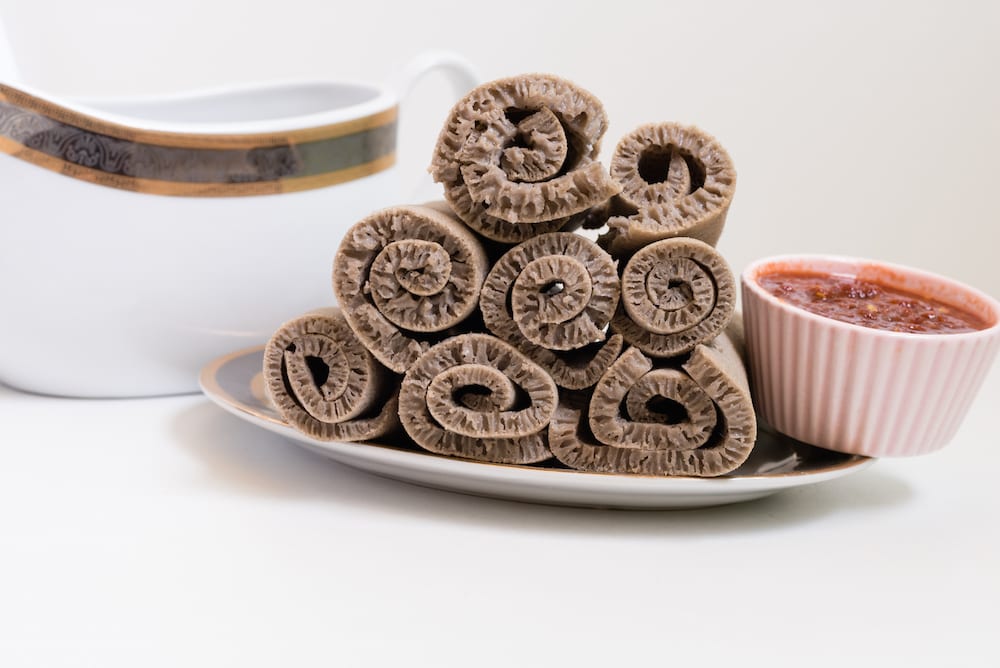
Injera – Injera is the commonest staple food in Ethiopia and forms the base for most dishes. Injera is just like garri in Nigeria, or rice in China, ….or hamburgers in America. (Just kidding!)
Injera is a flat and spongy sour dough made of teff flour. It is wide and acts as a wide pan for serving different sections of sauces, meats, soups and stews. Injera is chewy and has a sharp crisp taste that is hard to resist.
Wat – Wat is a vegetable and meat sauce made of sautéed red onions, meat like; goat, lamb, beef, chicken or fish and vegetables such as carrots, cabbages or lettuces. Spices such as Berbere or turmeric is also added to give it more flavor.
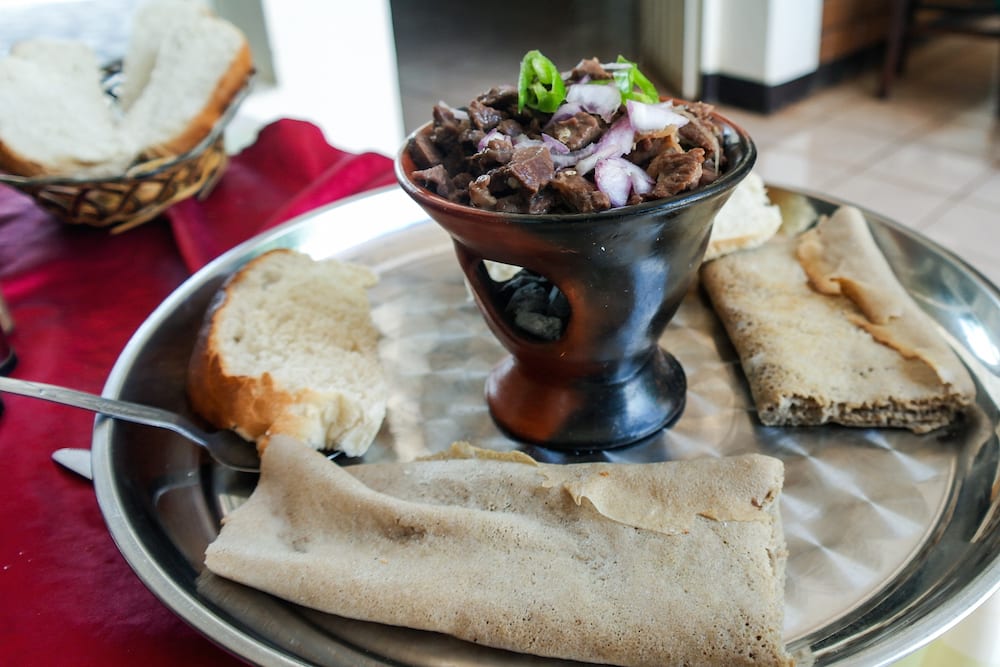
Tibs – Tibs are different cuts of grilled meat that is sautéed with red onions. They are also cooked with different types of vegetables or with no vegetable at all. On fast days, meats can be replaced with mushrooms, fish or soy products.
Kinche – Kinche is a popular breakfast made of cracked wheat that is boiled in milk or water. Kinche is simple to make, nutritious and very light to serve as breakfast. Spice butter is usually added to improve taste and add flavour.
Chuko – Chuko is a popular traditional dish in Oromia. It is made of barley flour, distilled butter, ginger, salt and spices. Chuko is rich in protein and because of its long shelf life, it is usually eaten by those who embark on long journeys or go to Universities.
Kitfo – Kitfo is another Ethiopian dish made of raw minced beef that is marinated in a spicy chilli sauce. Kitfo is often served with cheese, cooked greens and Injera. Kitfo is also served during certain religious holidays.
Shiro – Shiro is somewhat similar to hummus. It is made from chick peas that is slowly cooked to a mush and mixed with Berbere to make it spicy. Sometimes lentils and broad beans can be added to make the consistency thicker and tastier.
Gomen – Gomen is a traditional stew dish made from collard greens that are boiled, fried and chopped. Carrots spices and oil are also added and when cooked, it can be eaten with Injera and spiced butter although some could eat theirs with rice dishes. Gomen is usually served in a popular holiday that marks the True Cross.
Ayibe – Ayibe is made of mild cottage cheese that is served with most spicy dishes to tone down the spicy flavour. Ayibe is particularly tasteless but if eaten alone, it is usually mixed with spices that improve the flavour.
Fasolia– Fasolia is a popular dish made of string beans, carrots, onions and meat. Onions are typically sautéed and the sauce served with Injera alongside other vegetable stews.
Chechebsa – also known as kita firfir, Chechebsa is one of those breakfast dishes that is eaten with a spoon. Chechebsa is made of pieces of Injera bread that is lightly fried and cooked in spicy berbere sauce. It can be served with honey or eggs.
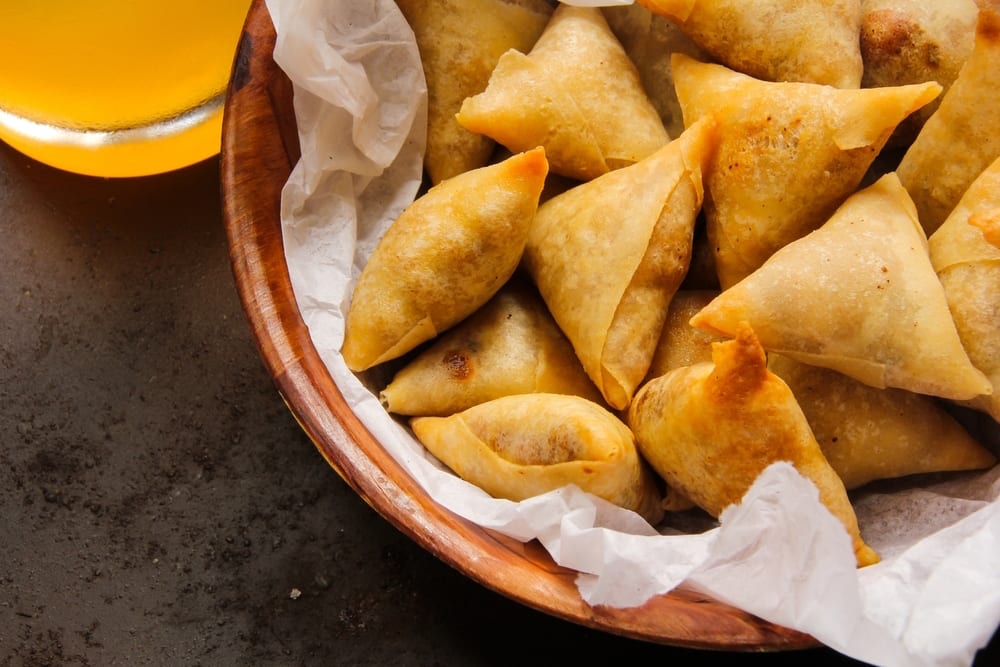
Sambusa – Sambusa is Ethiopia’s version for samosa. Sambusa is a fried dough pastry that is tasty, crunchy with a generous filling of meat and vegetables like lentils. It is usually eaten as a snack between meals and served in occasions and celebrations.
Ethiopian Beet Salad – Ethiopian beet salad is a tasty combo of marinated beets, potatoes and spice that is served alongside other vegetable stews, sauces and Injera bread.
Spicy and Tasty Heritage
Ethiopian dishes are colorful and spicy descriptions of a rich cultural heritage. Ethiopian dishes are mostly vegan and vegetarian dishes that are loaded with vegetables, grains and spices.
Most of these dishes are easy to prepare and pretty quick too. It won’t be hard buying a couple of ingredients from the grocery store and whipping up some Sambusa, Ethiopian beet salad or shiro.
What is your favorite Ethiopian dish? We would love to know about it. Let us know in the comments section below. Enjoy!





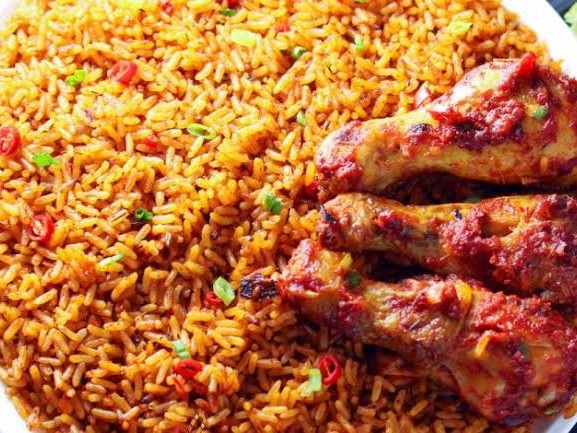
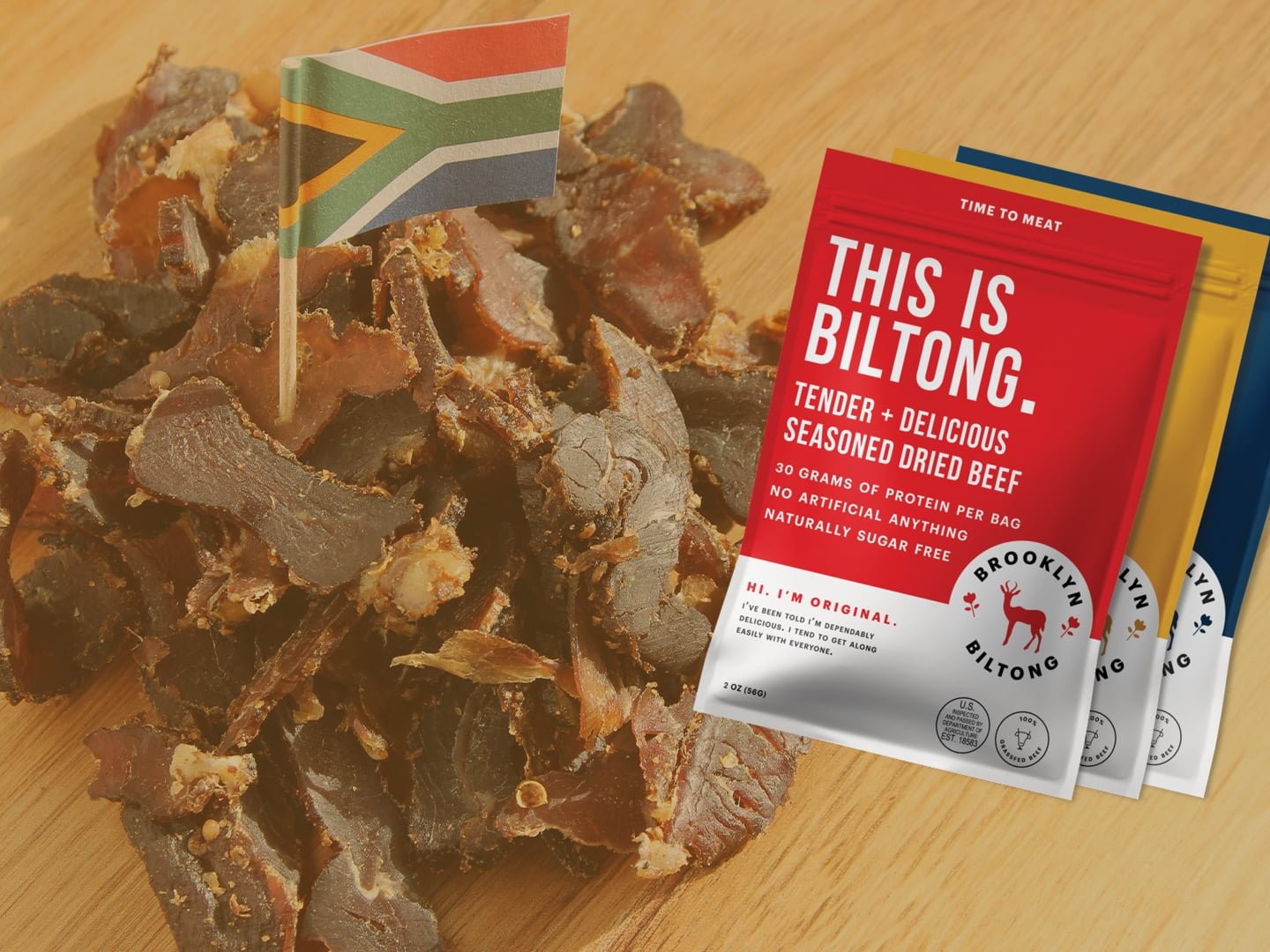
Please we need to learn more of this, Ethiopia